How Many Kings And Monarchies In The World Today?
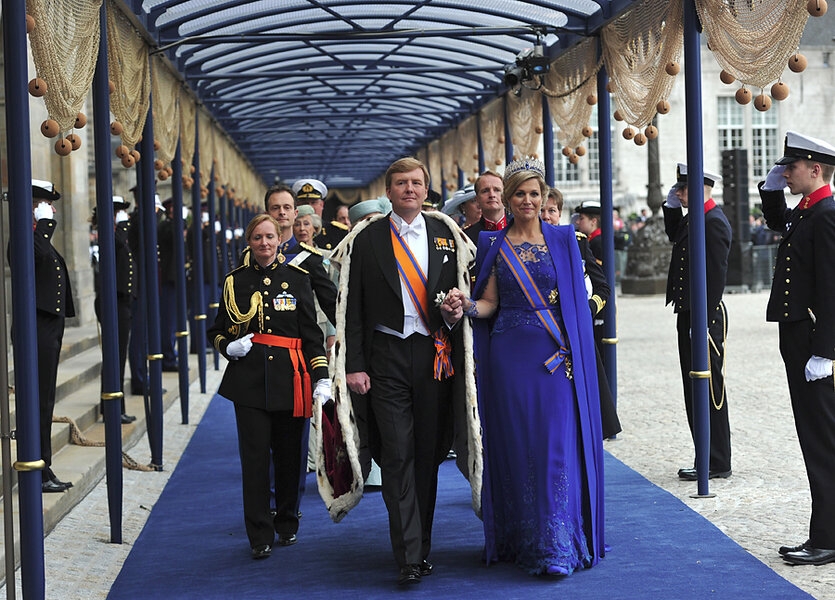 |
| Photo Christian Science Monarchy |
| Contents |
What is a monarchy?
A monarchy (from the Greek monarkhia; "monos", only, and "arkhe" authority) is a country lead by a single ruler, usually a king or queen. Monarchs are usually not elected in any way., although there are elective monarchies. Malaysia is an elective monarchy, as was the Holy Roman Empire.
The monarch, as the leader is known, can be head of state, head of government, or both. The head of state is the representative of the country and its people, especially in diplomatic affairs. The head of government, by contrast, is the person who actually leads the government in creating and enforcing policies.
A monarchy is typically called a kingdom. Other terms might include grand duchy (as in the case of Luxembourg), principality (as in the case of Monaco), or city state (as in the case of the Vatican).
How do monarchs survive today?
Most modern monarchies are constitutional: While the monarch is still the official head of state, the constitution imbues an elected legislature with actual power and the duties of government. The monarch holds a symbolic role intended to provide an unbroken link to the past and a sense of national pride and unity among a country's populace. Today's royals, however, not only have far less political power than their forebears, they also live more modern lives. Akihito, for example, was the first Japanese emperor to marry a commoner. Dutch King Willem-Alexander revealed in 2017 that he'd secretly been co-piloting Dutch Royal Airline flights for 21 years. "You cannot take your problems from the ground skyward," he explained. "You can completely switch yourself off and focus on something else. That's the greatest relaxation for me."
Will monarchies last?
Most seem to be on a strong footing. In the Middle East, the absolute monarchs have been able to buy public acquiescence — and the support of powerful allies such as the U.S. and Britain — by controlling their countries' mammoth oil revenues. But even in more modern and democratic societies, monarchies remain popular with the public. "Presidents come and go," said Kenneth W. Gunn-Walberg, head of the International Monarchist League's chapter for the Eastern U.S. "There's continuity, a sense of history with a monarchy."
How do monarchies differ?
There are different types of monarchies based on how much political power the monarch has, and how their office is inherited.
Absolute monarchies are ones in which the monarch exercises total power as the head of state and head of government. They may have assemblies or other government bodies, but the monarch exercises final authority. The most famous example of an absolute monarchy today is Saudi Arabia, where the ruling House of Saud holds immense power and influence.
Constitutional monarchies are ones in which the powers of the monarch are explicitly restrained by law. They are usually just the head of state, while the head of government will be an elected prime minister. As in the case of the United Kingdom, the monarch might technically have great authority, but they aren't empowered to flex that power. Contrary to the common perception in the U.S., Queen Elizabeth II can declare war, veto laws, and dismiss the government. She wouldn't do so without consulting her government, however, due to a variety of legal and political factors.
A mixed monarchy is one in which there is a legislature with powers, but the monarch maintains more authority than in a constitutional monarchy. The most famous example is Jordan, where the king exercises a great deal of power but the country is fairly democratic.
How many countries are monarchies today?
 |
| Photo Insider |
The term "royal family" refers to a king or queen's immediate family that leads a nation in a monarchy form of government. Sometimes, this term may also be used to describe immediate and extended family. Monarchy countries have royal families.
Traditionally, the royal family includes the spouse of the reigning monarch, surviving spouses of deceased monarchs, children, grandchildren, siblings, and paternal cousins. Spouses of all immediate family members are also included in the royal family. Great-grandchildren and other descendants may also be considered part of the royal family.
It's maybe important to note that there are 44 monarchies, but there are only 29 monarchs. Queen Elizabeth II of the United Kingdom is queen of 15 other Commonwealth Realms that formerly composed the British Empire.
Most monarchies in Europe are constitutional monarchies, meaning that the monarchs must exercise their power within limits prescribed in an established legal framework. Liechtenstein and Monaco are semi-constitutional, and Vatican City is a theocratic absolute elective monarchy.
| Country | Monarch | Type of monarchy |
| 1.Andorra | Andorra is ruled by two princes, one of whom is always the current President of France. | Constitutional |
| 2.Bahrain | King Hamad bin Isa al-Khalifa | Constitutional |
| 3.Belgium | King Philippe (2013) | Constitutional |
| 4.Bhutan | Jigme Khesar Namgyal Wangchukin | Constitutional |
| 5.Brunei | Sultan Haji Hassanal Bolkiah | Constitutional |
| 6.Cambodia | King Norodom Sihamoni | Constitutional |
| 7.Denmark | Queen Margrethe II | Constitutional |
| 8.Japan | Emperor Akihito | Constitutional |
| 9.Jordan | King Abdullah II | Constitutional |
| 10.Kuwait | Sabah Al-Ahmad Al-Jaber Al-Sabah (2006) | Constitutional |
| 11.Lesotho | King Letsie III | Constitutional |
| 12.Liechtenstein | Prince Hans Adam II | Constitutional |
| 13.Luxembourg | Grand Duke Henri | Constitutional |
| 14.Malaysia | Almu'tasimu Billahi Muhibbuddin Tuanku Alhaj Abdul Halim Mu'adzam Shah Ibni Almarhum Sultan Badlishah | Constitutional |
| 15.Monaco | Prince Albert II | Constitutional |
| 16.Morocco | King Muhammad VI | Constitutional |
| 17.Netherlands | King Willem-Alexander | Constitutional |
| 18.Norway | King Harald V | Constitutional |
| 19.Oman | Sultan Qabus ibn Sa'id | Absolute |
| 20.Qatar | Emir Sheik Tamim ibn Hamad Al Thani | Constitutional |
| 21.Samoa | Tuiatua Tupua Tamasese Efi | Constitutional |
| 22.Saudi Arabia | King Salman | Absolute |
| 23.Spain | Felipe VI | Parliamentary |
| 24.Swaziland | King Mswati III | Absolute |
| 25.Sweden | King Carl XVI Gustaf | Constitutional |
| 26.Thailand | Prem Tinsulanonda, regent | Constitutional |
| 27.Tonga | King Tupou VI | Constitutional |
| 28.United Kingdom | Queen Elizabeth II | Constitutional2 |
| 29.Vatican City | Pope Francis | Absolute |
1. Andorra
The principality of Andorra is a small landlocked country located on the Iberian Peninsula, bordering France and Spain. Acting as co-princes, or co-regents, of the nation are the Catholic bishop of Urgell, a Roman Catholic diocese, and the president of France. Presently the co-princes are bishop Joan-Enric Vives and President Emmanuel Macron, pictured.
2. Kingdom of Bahrain
The Kingdom of Bahrain is an island nation located in the Persian Gulf. The country is a constitutional monarchy led by the king, currently Sheikh Hamad bin Isa Al Khalifa. He has been the ruling monarch since 1999.
3. Kingdom of Belgium
King Philippe took the throne on July 21, 2013 after his father abdicated. He is the seventh king since 1830 and his daughter, Elisabeth, is expected to eventually become the country’s first female monarch.
4. Kingdom of Bhutan
King Jigme Khesar Namgyel Wangchuck is the very popular leader of this democratic constitutional monarchy known for its “gross national happiness,” a term coined by his father. He is also known as the Druk Gyalpo, or Dragon King, and holds little actual power after his father oversaw widespread democratic reforms.
5. Brunei
Sultan Hassanal Bolkiah, who also serves as prime minister of this absolute monarchy, took the throne in 1967 and is the longest-reigning monarch after Queen Elizabeth II. He is among the richest men in the world, and he lives in the world’s largest residential palace, the Istana Nurul Iman, with nearly 1,800 rooms.
6. Cambodia
King Norodom Sihamoni was chosen in 2004 by a nine-member council after King Norodom Sihanouk abdicated the throne. He grew up in Prague but returned to Cambodia in 1977, where the Khmer Rouge put the royal family under house arrest until the 1979 invasion by Vietnam. Earlier this year, Cambodia made it illegal to insult the monarchy.
7. Denmark
Queen Margrethe II heads the royal house in Denmark, which also includes Greenland. She is the first female ruler since Margrethe I, who ruled from 1375-1412, because of a constitutional amendment in 1953 that finally allowed women to assume the throne.
8. Japan
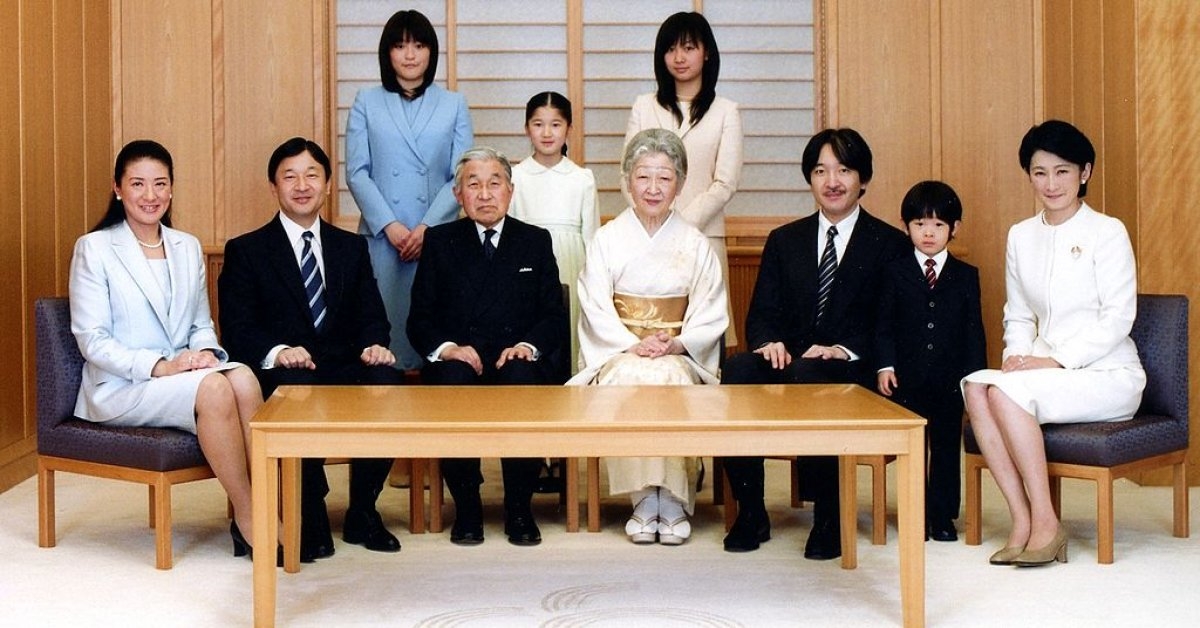 |
| Photo Time Magazine |
Emperor Akihito, 84, recently announced he would abdicate on April 30, 2019, due to declining health. Akihito, who became emperor in 1989, is the first to step down in 200 years. His son, Naruhito, will replace him.
| Who is Japan's emperor?There has been a recent change in that position. After having two surgeries, His Majesty Emperor Akihito, then 82, told his nation in 2016 that he wanted to retire. The first emperor to abdicate the Chrysanthemum Throne since 1817, he needed the National Diet to provide a dispensation from the law requiring he die in office. Six weeks ago, Akihito formally stepped down in a ceremony steeped in ritual, rising at dawn to inform the Shinto sun goddess, from whom his line originated in myth 2,600 years ago. He returned the "three sacred treasures" — a mirror, a sword, and a jewel — that symbolize the throne. Though Akihito was succeeded by his son, the Oxford-educated Naruhito, his return of those treasures was widely interpreted as a symbolic statement that the monarchy would change as it moved into the modern era. When he announced he was abdicating, Akihito said he was thinking "about how the Japanese Imperial Family can put its traditions to good use in the present age and be an active and inherent part of society." |
9. Hashemite Kingdom of Jordan
Abdullah II’s royal wedding in 1993 ranks on lists of some of the most elaborate weddings. The wedding cake was so large, Queen Rania al-Yassin cut it with a military sword. Abdullah, a constitutional monarchy, became king in 1999 and has introduced some reforms during his reign, prompting the Freedom House to upgrade the country to “partly free” from “not free” in its 2017 report.
10. Kuwait
Sheikh Sabah Al-Ahmad Al-Jaber Al-Sabah, 88, was named the new Emir in 2006 after Sheikh Saad, then crown prince, was unable to speak due to illness and could not take the full oath to assume his office. He abdicated and Sabah took over. Sabah served as prime minister of Kuwait from 1963 to 2003, one of the longest-reigning prime ministers in the world.
11. Lesotho
Letsie III succeeded his father in 1990 when Moshoeshoe II was forced into exile. His father regained the throne briefly in 1995 before dying in a car accident. Lesotho is a constitutional monarchy, but Letsie says he is interested in responsibilities that are more than ceremonial. A connection to the upcoming royal wedding: Teen Vogue lists Queen Masenate Mohato Seeiso of Lesotho as another stylish royal of black descent.
12. Principality of Liechtenstein
Prince Hans-Adam became head of state in this tiny nation of 32,000 residents following the 1989 death of his father, Prince Franz Josef. Voters granted him new powers over government in a 2003 referendum, after which he handed over the day-to-day governance to his son, Crown Prince Alois.
13. Grand Duchy of Luxembourg
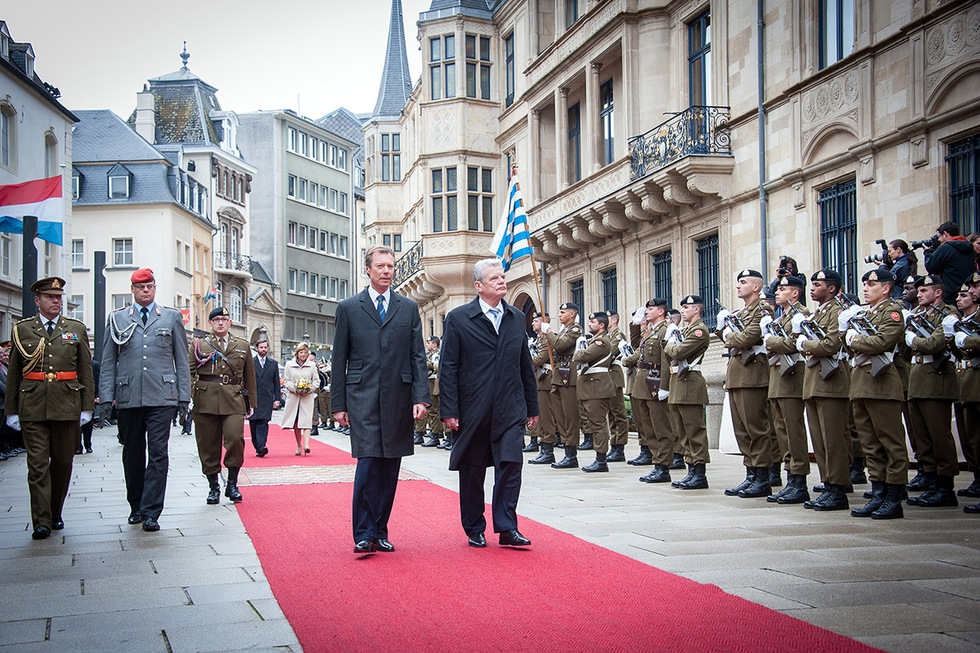 |
| Photo bundespraesident.de |
Grand Duke Henri has reigned since 2000, after his father, Grand Duke Jean abdicated the throne. A 2008 amendment to the Luxembourg constitution removed the requirement that royal assent was needed for laws passed by the Chamber of Deputies.
14. Malaysia
 |
| Photo NY Times |
Malaysia is in turmoil after an opposition party won the most recent election in May. The current king, Sultan Muhammad V of Keletan, took the throne in 2016. But Malaysian kings serve a five-year term and are chosen through the Conference of Rulers, making them one of the few elected monarchs in the world. The position tends to rotate among the leaders of the nine Malay states by order of seniority.
15. Principality of Monaco
Monaco is a hereditary constitutional monarchy led by Prince Albert II. It was established in 1911.
Tourism drives the economy in the postage stamp-sized nation of 39,000 people.
In 1962, the country’s constitution was reformed to provide independence to portions of its judicial and legislative bodies.
For instance, legislative power is now shared by the prince and the National Council — a group of 24 members elected by popular vote every five years. The prince proposes laws and the National Council votes on them.
The prince also appoints a president to the seven-member Crown Council, which advises the prince on domestic and international issues, such as ratification of treaties and the granting of amnesty and citizenship.
16. Morocco
Mohammed VI assumed the throne in 1999, and shortly after promised to tackle poverty and his country’s human rights record. In February 2004, he enacted a new family code that gave women more power. In 2010, Wikileaks published cables alleging that a holding company owned by the king was soliciting bribes from the country’s real estate sector. We’ve reported that he’s enormously popular and the the king of selfies.
17. Kingdom of the Netherlands
Willem-Alexander is the king of the Netherlands: He is currently Europe's second youngest monarch, after Felipe VI of Spain. He is also the first male monarch of the Netherlands since the death of William III in 1890. Willem-Alexander has a democratic bent; in 2013 he told his subjects not to call him “your majesty” — unless they really want to.
18. Kingdom of Norway
Harald V is the King of Norway. As a child, his family went into exile during the German occupation of World War II. His marriage to Sonja Haraldsen in 1968 was controversial, because she was a commoner. Earlier this month, the Norwegian Parliament stripped from the Constitution the assertion that the king is "holy." He must still belong to the Evangelical Lutheran church, however.
19. Sultanate of Oman
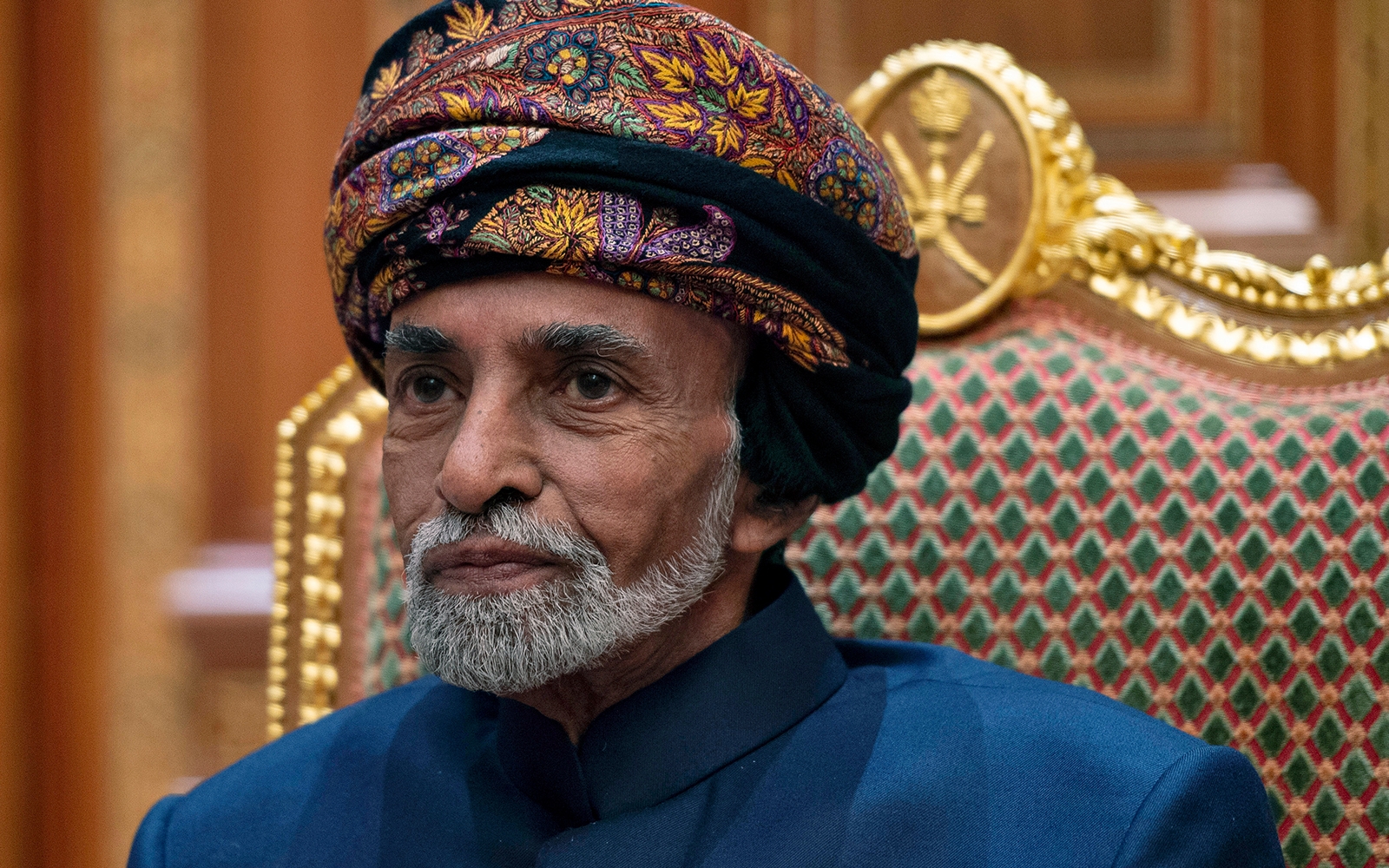 |
| Photo Times of Israel |
Oman, the oldest independent state in the Arab world, is ruled by Qaboos Bin Said Al Said who acts as Oman’s sultan, prime minister and foreign minister. He is the region’s longest-serving monarch and his country has largely avoided the troubles of its neighbors: Saudi Arabia and Yemen.
20. State of Qatar
Qatar is an absolute monarchy under the reign of the Al Thani family. Technically, under the constitution the country is meant to be a constitutional monarchy, however the family does not allow political opposition and banned the existence of political parties. In recent news, it has been found that US President Donald Trump’s personal attorney, Michael Cohen, solicited $1 million from the oil-rich company.
21. Kingdom of Saudi Arabia
Saudi Arabia is an absolute monarchy with King Salman bin Abdulaziz al-Saud as the head. His dynasty holds a monopoly on political power. Most notably, after the death of the former king, al-Saud’s half-brother, the new king implemented a number of liberal reforms, including s decree that will allow women to drive.
22. Kingdom of Spain
King Felipe IV (full name, Felipe Juan Pablo y Alfonso de Todos los Santos) and his wife Queen Letizia are largely ceremonial figureheads. They took the throne in 2014 and to our knowledge, King Felipe IV does not wear “boots of Spanish leather.”
23. Kingdom of Swaziland
King Mswati III of Swaziland rules over one of the world’s only absolute monarchies. Most recently, he renamed the country “the Kingdom of eSwatini” which means “land of the Swazis.”
24. Kingdom of Sweden
Carl XVI Gustaf is the king of Sweden — a constitutional monarchy. Sweden was the first monarchy to change its succession rights so that the first-born child is the heir to the throne, regardless of gender.
25. Kingdom of Thailand
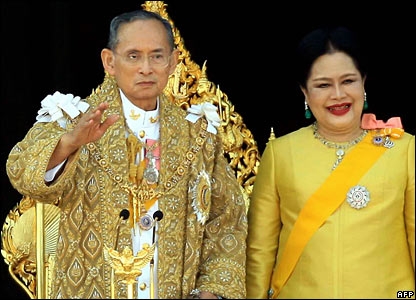 |
| Photo WordPress |
Thailand is a constitutional monarchy that was previously run by Bhumibol Adulyadej. Born in Cambridge, Massachusetts, King Bhumibol Adulyadej was the longest-reigning monarch before he died in 2016. Maha Vajiralongkorn is Thailand’s current king. His names translates to “adorned with jewels or thunderbolts.”
26. Kingdom of Tonga
The current king of the Pacific island nation, Tupou VI, was coronated in 2015 after his brother, the previous king, died. Tonga is the only sovereign monarchy in Oceania.
27. United Arab Emirates
The UAE is a bit more complicated than other monarchies. It has a presidential, federal and despotic monarchy and is actually made up of seven constituent monarchies: Emirates of Abu Dhabi, Ajman, Dubai, Fujairah, Ras al-Khaimah, Sharjah and Umm al-Quwain. In 2004, Sheikh Khalifa bin Zayed Al Nahyan, Ruler of Abu Dhabi, was elected as President of the UAE.
28.United Kingdom
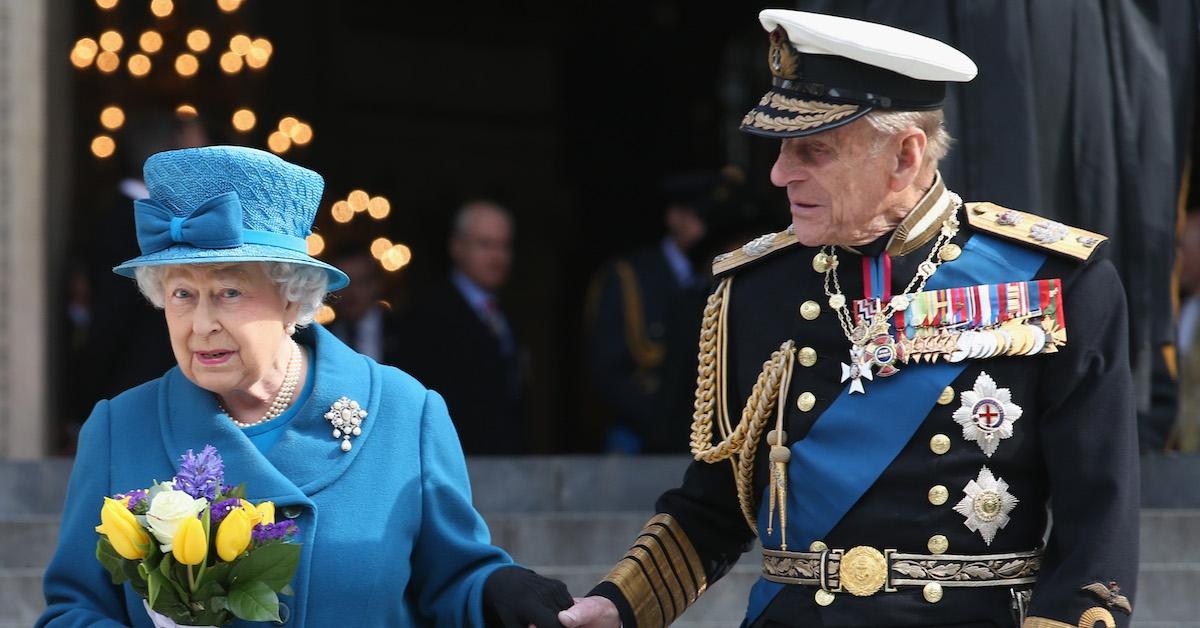 |
| Photo Reader's Digest |
Queen Elizabeth II is the Sovereign of 15 countries in the Commonwealth of Nations: Antigua and Barbuda, Australia, the Bahamas, Barbados, Belize, Canada, Grenada, Jamaica, New Zealand, Papua New Guinea, St. Kitts and Nevis, St. Lucia, St. Vincent and the Grenadines, the Solomon Islands, and Tuvalu.
29. Vatican City
Often overlooked, Vatican City is an absolute monarchy with the pope at its head. The sovereign existence of Vatican City was established by Benito Mussolini in 1929 when Mussolini signed the Lateran Pacts. Vatican City is considered the smallest country in the world and covers just over 100 acres.
 Who Was The First King And Top 10 Greatest Kings In The World of All Time Who Was The First King And Top 10 Greatest Kings In The World of All Time Who was the King of the first empire in the world’s history? Read on this article to know the answer. |
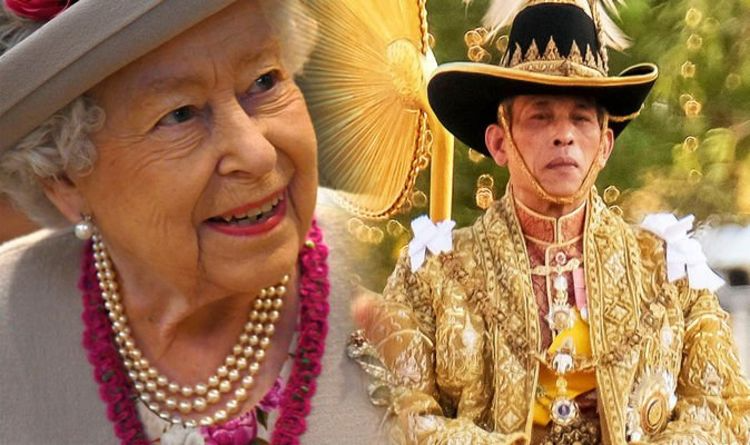 Who are Richest Royals in the Planet With Net Worth of Over $2.4 trillion Who are Richest Royals in the Planet With Net Worth of Over $2.4 trillion Among 26 current monarchy countries in the world, there are as many as 10 dynasties from Europe to the Middle East who control a net ... |
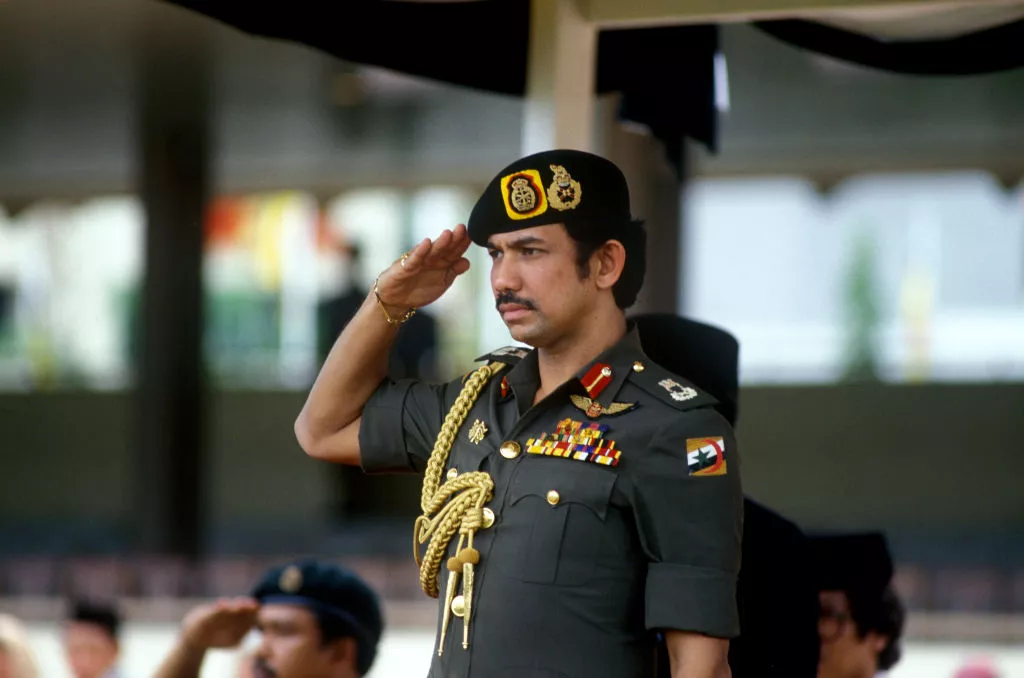 How many Royal Families are there in the World 2021 How many Royal Families are there in the World 2021 By 2021, There are at least 26 countries in the world currently still maintain monarchy with the king or queen ruling the nation. How many ... |
























